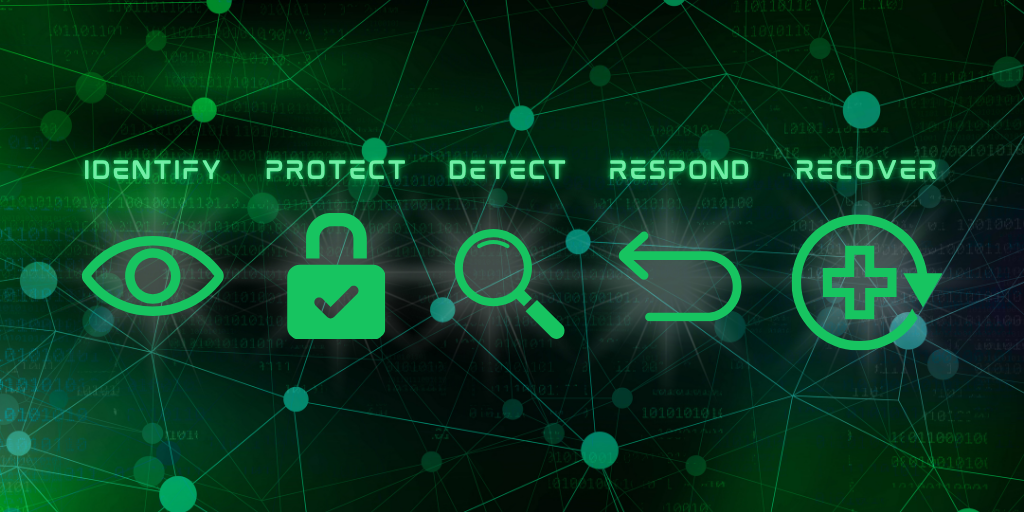Secure Messaging Practices for Small Businesses
Small businesses must prioritize secure messaging to protect sensitive information and maintain customer trust.
1 min read
.jpeg) Michael Markulec
:
Aug 12, 2022 2:38:17 PM
Michael Markulec
:
Aug 12, 2022 2:38:17 PM

The Joint Cyber Defense Collaborative (JCDC) and CISA collaborated to create the "Protecting U.S. Elections: A CISA Cybersecurity Toolkit," which contains freely accessible resources to counter threats like phishing, ransomware, distributed denial-of-service attacks, and election-specific concerns. Furthermore, it defines which techniques can be utilized to safeguard different aspects of the electoral infrastructure, such as voter data, websites, emails, and networks.
The Election Security Risk Profile Tool will help election authorities identify the range of dangers they face and how to prioritize their mitigation efforts. Utilizing this tool, you can: address high-risk areas, ensure that technical cybersecurity assessments and services are meeting crucial demands, and gain a solid analytical framework for managing election security risk with essential partners at the federal, state, and local levels.
To confuse voters or postpone voting, threat actors may attempt to compromise or manipulate electronic voting machines and voter registration databases. Threat actors frequently use DDoS, phishing, and ransomware assaults to target local and state websites. Phishing is the preferred method used by threat actors to attack municipal and state email networks. Threat actors frequently use malware and phishing to access state and municipal networks used by election offices for routine business operations.
The Protect and Detect functions of the NIST Cybersecurity Framework are aligned with the services and technologies in this toolkit. To ensure the delivery of essential services, Protect enables detailed safeguards, while Detect describes activities to spot the existence of a cybersecurity event. Establish your cybersecurity baseline before using the toolkit to combat specific threats. This can be done by updating systems and software, prioritizing remediation of known vulnerabilities, following password best practices, and making offline data backups.
Additionally, the organization collaborates nationwide with election authorities to continuously provide timely and valuable data and offer cybersecurity services, technical support, and advice.
"Each day, state and local election officials confront threats to their infrastructure from foreign interference, nefarious actors, insider threats, and others. This is one more resource to help them in their ongoing efforts to ensure American elections remain secure and resilient," CISA Director Jen Easterly said.
The government regards election system security as one of 16 essential infrastructure areas, and CISA has long been involved. In April, Easterly told congress that the agency's main priority for the midterm elections was ensuring election security, including assisting election officials in navigating foreseeable Russian disinformation tactics.
The brand-new toolkit is the most recent addition to CISA's collection of materials for the election community. CISA has also made multiple tools and guidelines available to combat misinformation on topics ranging from cybersecurity to physical security for polling places and election officials.

Small businesses must prioritize secure messaging to protect sensitive information and maintain customer trust.

In an era of ever-evolving cyber threats, small businesses can adopt the NIST Cybersecurity Framework to achieve robust cybersecurity without...

Phishing attacks are becoming increasingly sophisticated, posing a significant threat to businesses of all sizes. Implementing key strategies can...